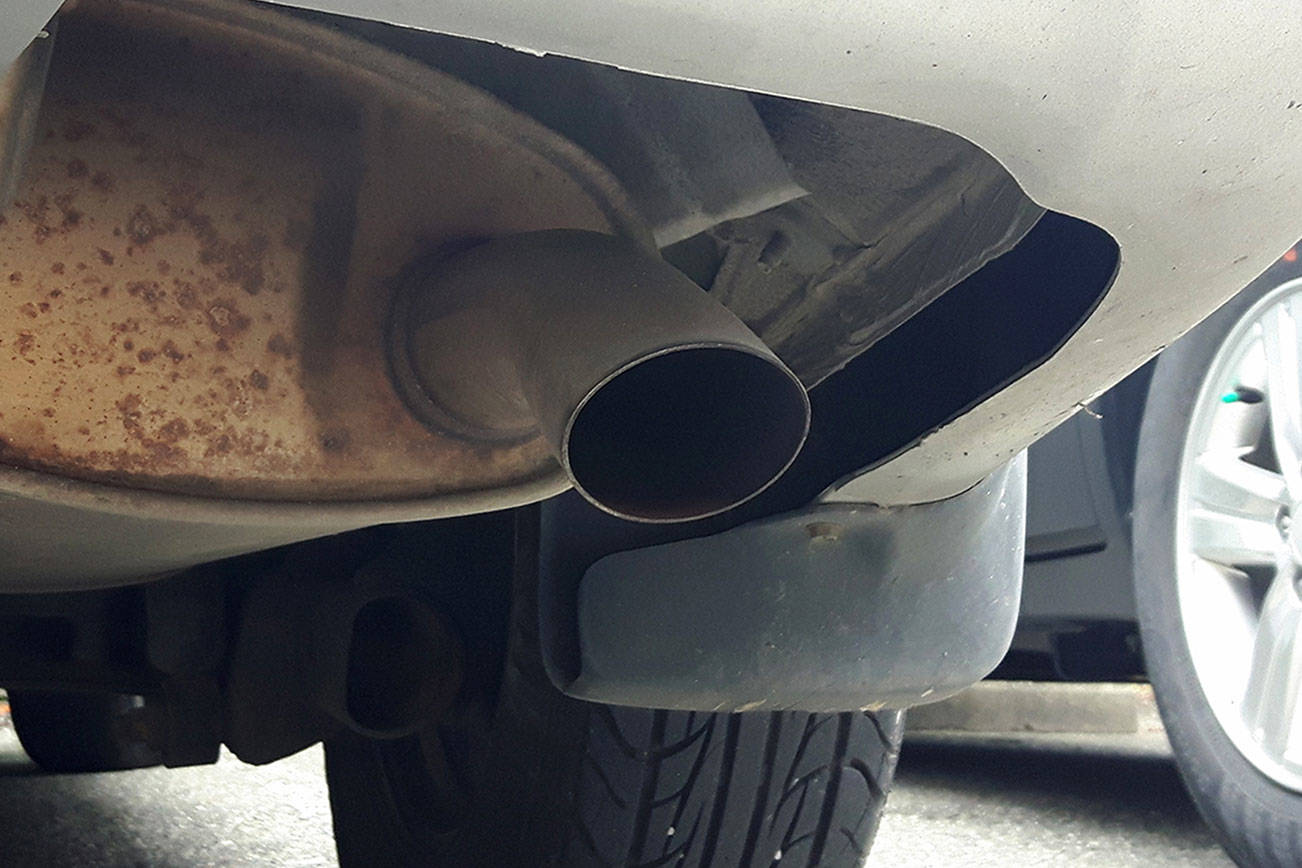King County is not on track to meet its greenhouse gas emissions goals, but emissions also have not been rising with population growth.
The King County Council was updated on the Climate Action Plan, which was approved in 2015. It set goals of reducing greenhouse gas emissions in the county compared to a 2007 baseline by 25 percent in 2020, 50 percent in 2030 and 80 percent by 2050. As of 2017, the county had only reduced its emissions from 2008 by around 1.4 percent.
However, since 2008, the total greenhouse gas emissions in the county has only dropped by about 300,000 metric tons in 2017. In 2017, there were still more than 20 million metric tons of CO2 being emitted in King County. At the same time, the county’s population increased by 16 percent, reaching more than 2.18 million people. Per person greenhouse gas emissions had dropped 11 percent.
County staff said this was important, because it marked a disconnect between increasing population and emissions, but the county is still not on target to meet its goals. Population growth and commercial development were cited as the biggest reasons for increasing emissions. Those were offset by vehicle fuel efficiency standards, people making less car trips and building and industrial energy efficiency.
Megan Smith, the county’s director of climate and energy initiatives, said one area where they had found success was in getting Puget Sound Energy to agree to start a Green Direct program. So far eight cities have opted in, and will be buying entirely clean energy from the utility.
Other legislative goals that have been adopted at the county and state level include strengthening building energy codes, protecting vehicle efficiency standards, phasing out hydrofluorocarbons and the recently passed state law mandating the electric grid use 100 percent clean energy by 2045.
However, those actions alone still won’t put the county on track to meet its 2030 climate target. While the county can make changes to its own operations, like upgrading Metro buses to run on electricity, it relies on cities to help implement their own emissions reductions strategies.
According to a 2017 countywide greenhouse gas emissions analysis, the largest sources of emissions were from the built environment at 62 percent. That was largely from emissions from residential and commercial energy uses. Some 36 percent was from transportation and other mobile sources. Agriculture and solid waste accounted for 1 percent each.
The Washington state Legislature passed legislation this year mandating that the state’s power grid be carbon-free by 2045. It mandates that by 2022, utilities have to develop rolling four-year plans to meet the carbon targets and utilities will be penalized $100 for every megawatt-hour used to meet power loads.
The county will update its strategic climate action plan by the end of June 2020 that will finish outlining the county’s plan for the following five years. Three workshops are also planned, including at 10 a.m. Oct. 12 at the University of Washington and at 6 p.m. Oct. 16 at Highline College.


